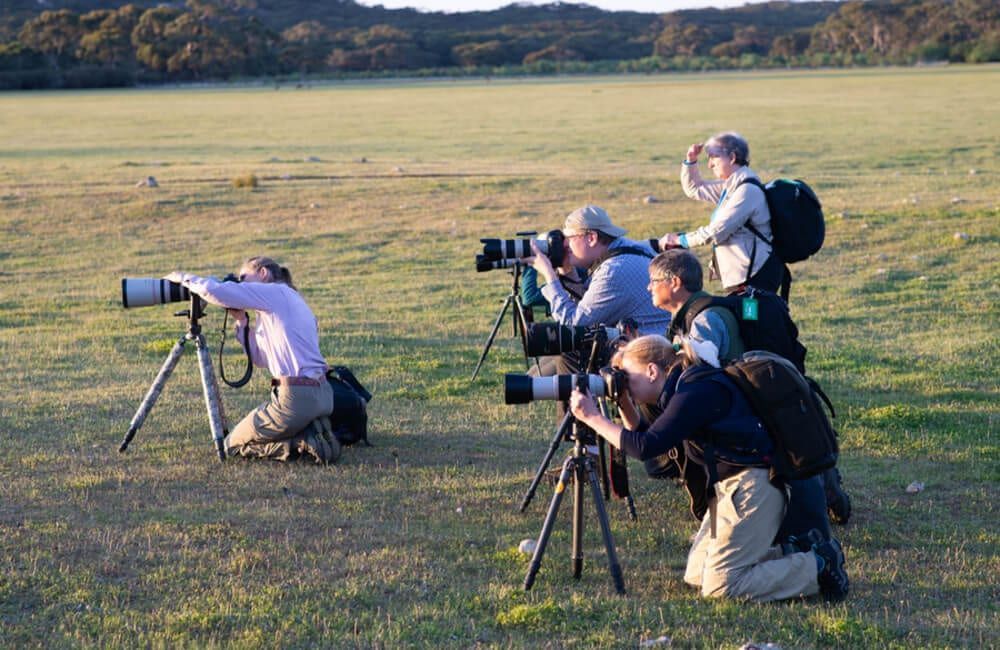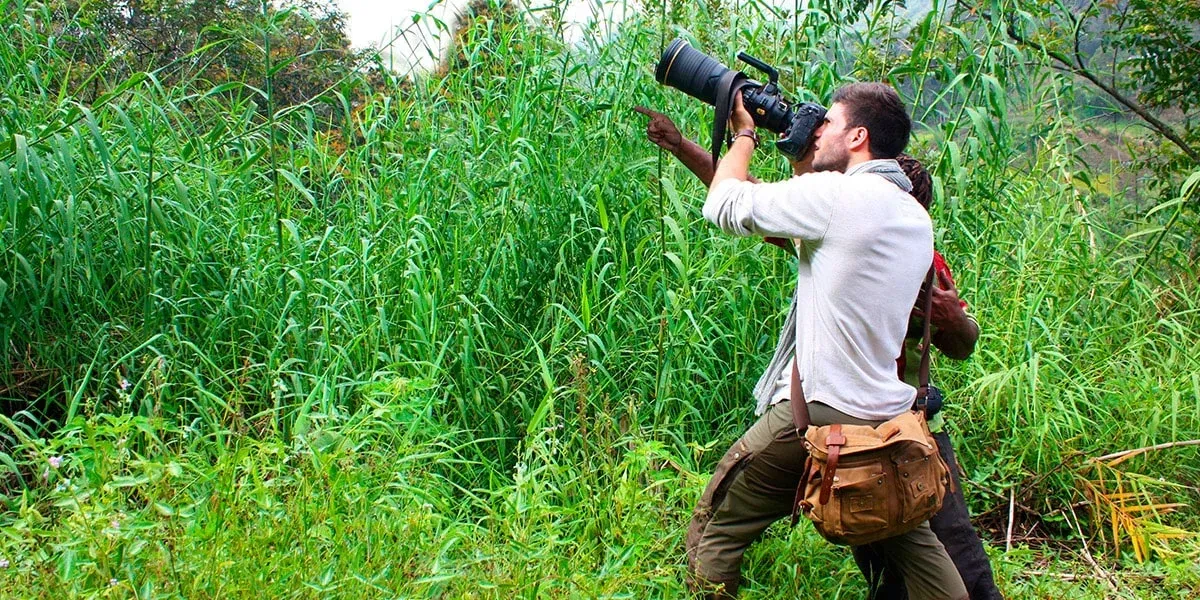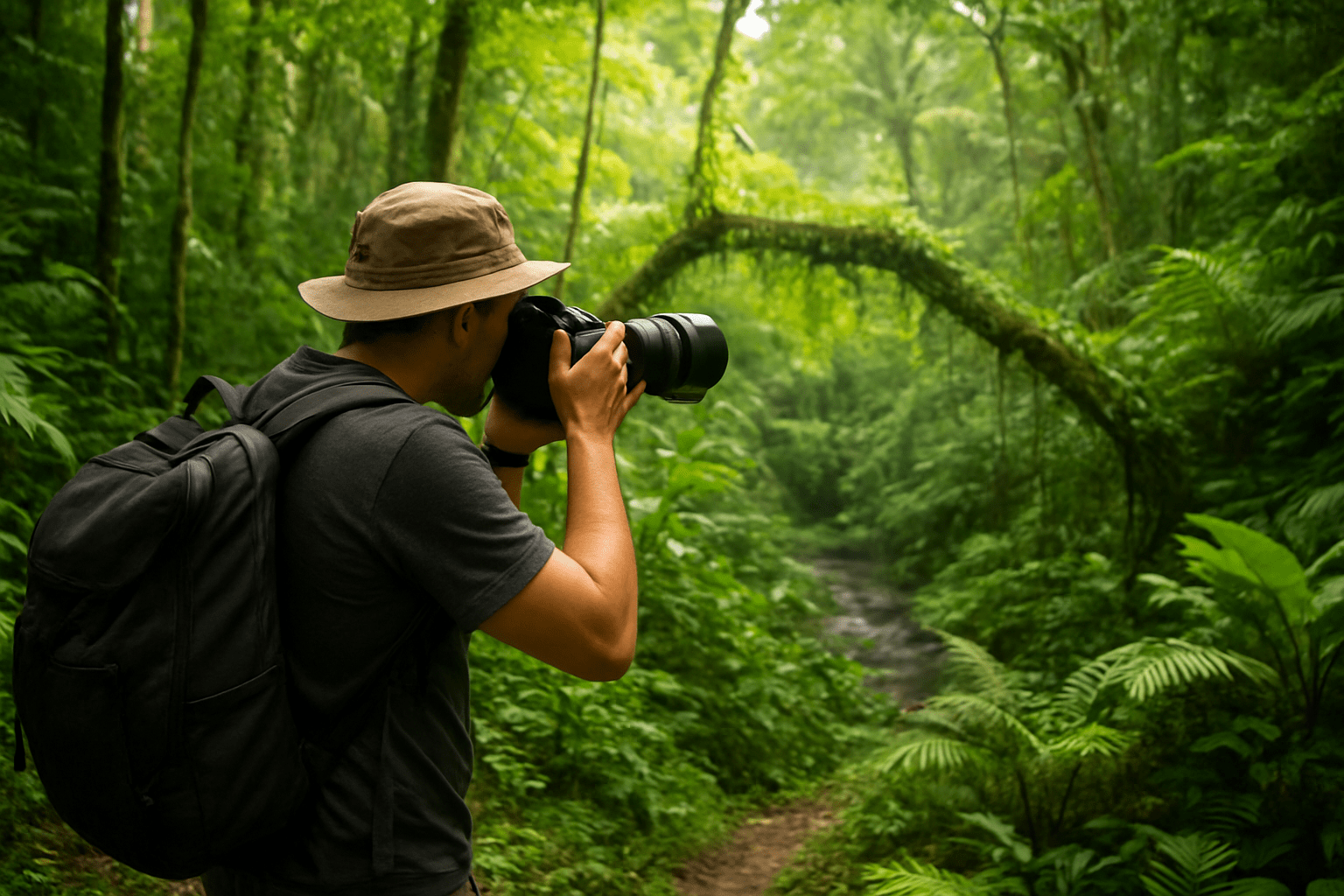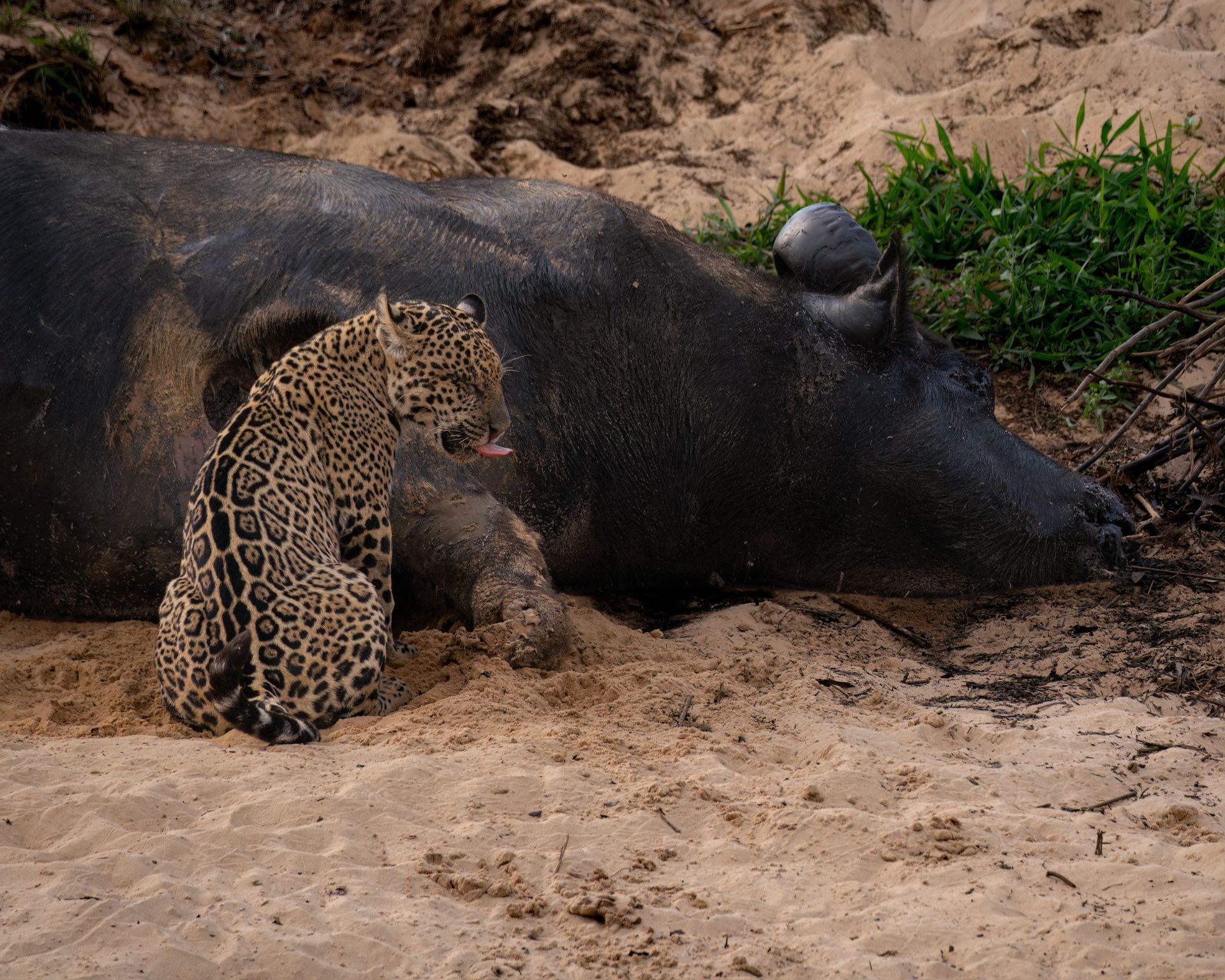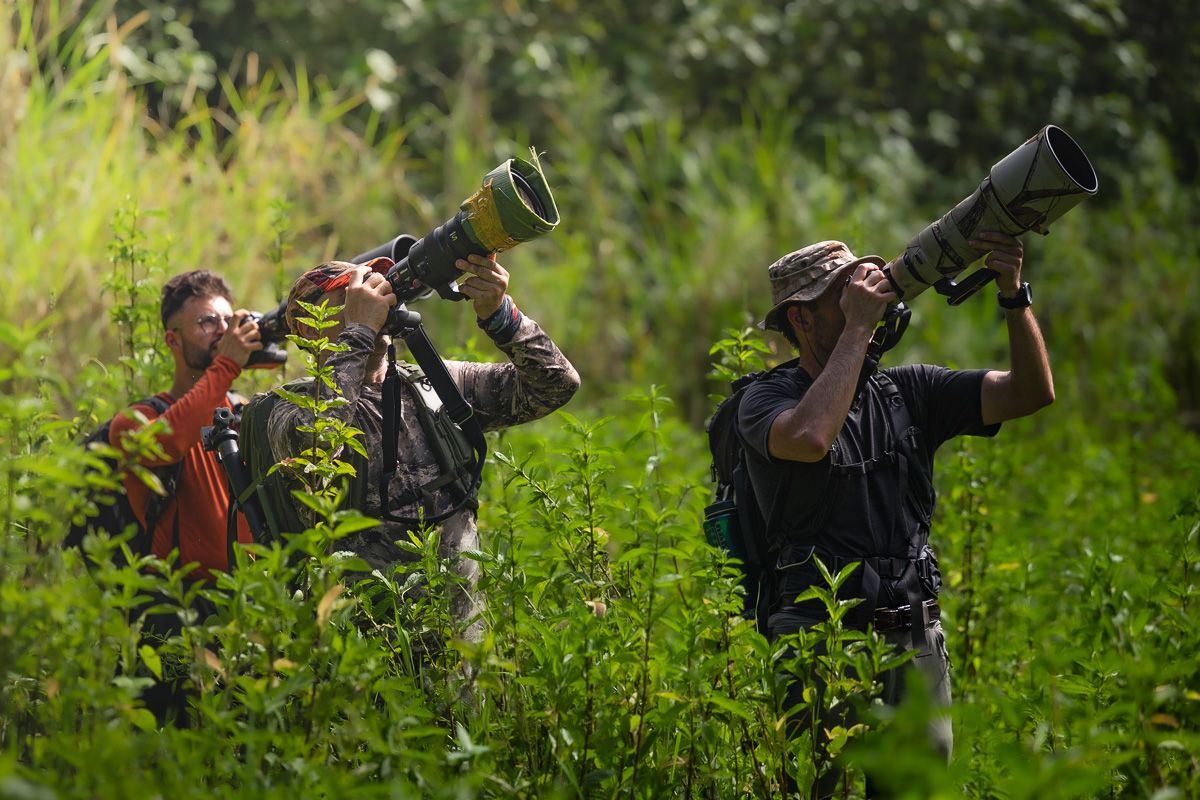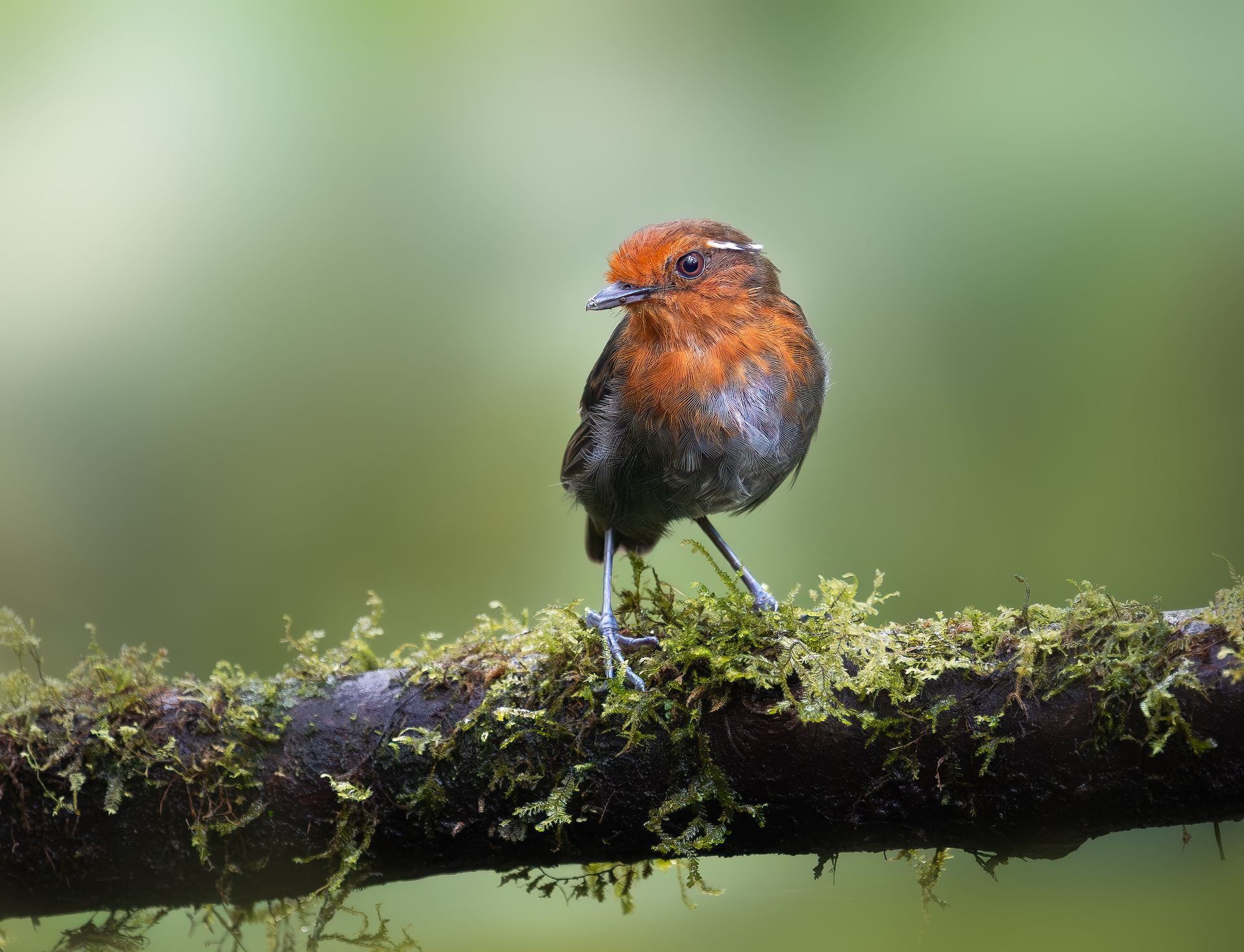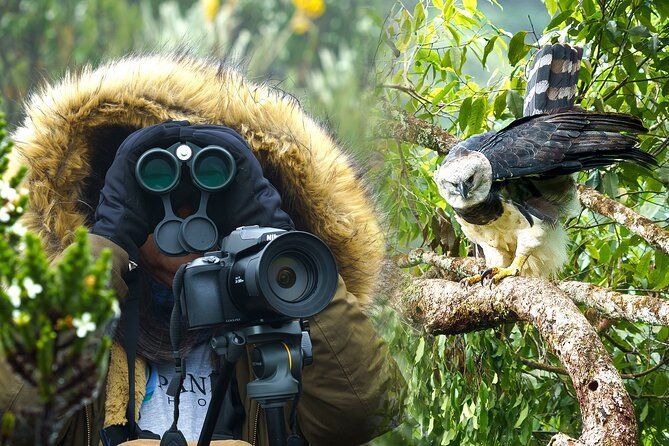"Why Retorno Photo Tours is the Best Choice for Bird Photography Experiences in Colombia"
Colombia is often called the birding capital of the world, home to more than 1,950 bird species, including hundreds of colorful hummingbirds, toucans, tanagers, and endemics found nowhere else. For bird photographers, this country offers the perfect mix of biodiversity, breathtaking landscapes, and accessible birding hotspots. But while Colombia has endless possibilities, choosing the right photography tour company makes the difference between an ordinary trip and a truly unforgettable experience.
This is where Retorno Photo Tours stands out. More than just a travel company, Retorno Photo Tours specializes in bird photography experiences designed for enthusiasts, professionals, and nature lovers alike. With expert guidance, carefully curated itineraries, and insider access to Colombia’s top birding locations, participants enjoy a seamless, inspiring, and highly productive journey.
In this article, we’ll explore exactly why Retorno Photo Tours is the best choice for bird photography experiences in Colombia, and why photographers worldwide trust them to help capture the country’s avian wonders.
1. Expertly Curated Itineraries for Bird Photography
Not all birding trips are designed with photographers in mind. Retorno Photo Tours creates itineraries specifically tailored to maximize photography opportunities. From visiting hummingbird feeders at dawn to hiking cloud forests for rare tanagers, every schedule is crafted to align with ideal lighting, bird activity, and accessibility.
Instead of rushing from site to site, participants have time to set up, observe, and compose their shots. This ensures not only quantity but also quality in every frame.
2. Professional Bird Photography Guides
The biggest advantage of Retorno Photo Tours is the team of professional guides who are both birding experts and skilled photographers. They understand:
- The best times of day to find target species
- The behavior patterns of elusive birds
- How to adjust camera settings for difficult conditions
- Techniques for photographing fast-moving species like hummingbirds
With this expertise, participants learn in real-time, gaining hands-on mentorship that improves their photography skills while ensuring rare species don’t go unnoticed.
3. Access to Colombia’s Best Birding Hotspots
Colombia’s landscapes range from Andean cloud forests to Amazonian lowlands and Caribbean coasts—each with unique birdlife. Retorno Photo Tours has cultivated strong relationships with local reserves, lodges, and communities, giving participants access to exclusive locations that aren’t always available to casual travelers.
Some highlights include:
- The Coffee Region for hummingbirds, motmots, and tanagers
- The Magdalena Valley for endemic species
- Sierra Nevada de Santa Marta for rare high-altitude birds
- Amazonian forests for macaws, parrots, and toucans
These destinations are strategically chosen to balance biodiversity, accessibility, and photography conditions.
4. Small Group Sizes for Personalized Experiences
Unlike large tour groups, Retorno Photo Tours keeps participant numbers small and intimate. This allows:
- More space to set up tripods and long lenses
- Personal attention from guides
- Flexibility to adjust plans based on weather or species activity
- A friendly, collaborative atmosphere among fellow photographers
This focus on quality over quantity ensures participants never feel rushed or crowded during shoots.
5. Specialized Focus on Hummingbird Photography
Colombia is known as the world’s hummingbird capital, and Retorno Photo Tours has perfected the art of photographing these dazzling creatures. With setups that include multi-flash stations, natural perches, and feeder techniques, participants can capture hummingbirds:
- In flight, with wings frozen in motion
- Feeding at flowers, framed in perfect light
- Perched in natural poses with stunning backgrounds
These setups save photographers time while providing professional-level results, even for beginners.
6. Comfortable Lodging and Logistics
Bird photography often requires early mornings and long days, but Retorno Photo Tours ensures participants are always comfortable and well-prepared. They arrange bird-friendly lodges close to hotspots, minimizing travel time and maximizing shooting opportunities.
All logistics—from transportation to meals—are carefully planned, allowing photographers to focus on what matters most: capturing incredible bird images.
7. A Balance of Learning and Adventure
Each tour is designed not just for photography, but also for learning and cultural immersion. Participants often enjoy:
- Practical workshops on bird photography techniques
- Storytelling sessions from guides about local conservation efforts
- Free time to explore Colombia’s landscapes and culture
This balance ensures that tours are both educational and deeply rewarding.
8. Conservation and Community Support
Retorno Photo Tours partners with local communities and reserves that prioritize conservation and sustainability. By joining a tour, participants directly support initiatives that protect habitats and provide eco-friendly jobs for local people.
This makes each trip not just about photography, but about contributing to the preservation of Colombia’s natural treasures.
9. Success Stories from Participants
Countless photographers have returned from Retorno Photo Tours with portfolio-worthy shots and unforgettable memories. Testimonials often highlight:
- Photographing their dream species for the first time
- Finally mastering hummingbird flight shots
- The friendships formed during intimate group tours
- How guides helped them elevate their skills beyond what they imagined
These stories prove the tours consistently deliver more than just a trip—they offer transformational experiences.
10. Why Choose Retorno Photo Tours Over Others?
While there are many tour operators in Colombia, Retorno Photo Tours stands out because of its exclusive focus on photography. Many companies prioritize birdwatching, where the pace can be too fast for photographers. Retorno ensures every participant gets the time, setup, and guidance needed for professional-quality shots.
With a reputation for excellence, attention to detail, and an unparalleled passion for birds, Retorno Photo Tours has earned its place as the best choice for bird photography experiences in Colombia.
Final Thoughts
Bird photography in Colombia is more than just taking pictures—it’s about connecting with the most biodiverse country on Earth and capturing moments that few people will ever witness. Choosing the right tour company ensures that this once-in-a-lifetime opportunity becomes a fulfilling and successful adventure.
With expert guides, hand-picked hotspots, personalized group sizes, and a commitment to both photography and conservation, Retorno Photo Tours is the ultimate partner for anyone serious about bird photography in Colombia.
If your dream is to photograph toucans in the canopy, hummingbirds in mid-flight, or tanagers glowing in the cloud forest mist, then your journey begins here—with Retorno Photo Tours.



